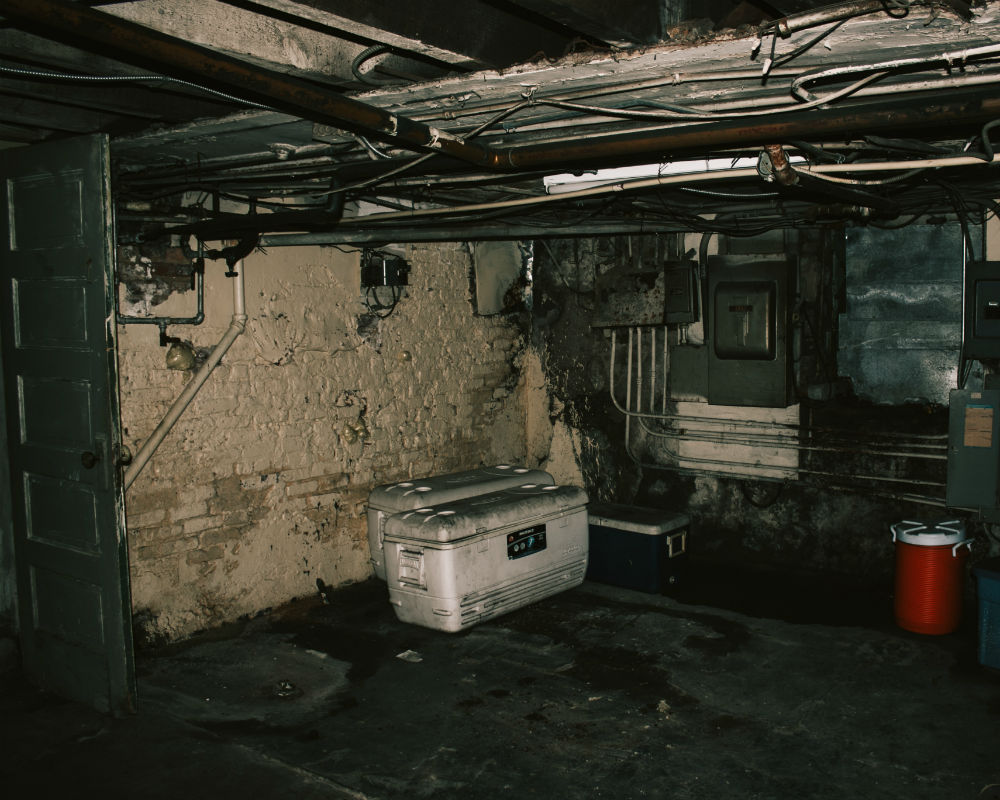No one likes to see a wet basement or stay near one. It can be nuisance. If your basement incorporates finished living rooms, if there is moisture, it can destroy carpets, framing and even the walls. Even when you use your basement for storage purposes, if there is moisture it can lead to moulding and destroy hardwood flooring and anything that you store there.
If you have moist basement, don’t worry. There are many homeowners with the same kind of problem, but the good news is that there are ways you can do to dry out your wet basement. In most cases, this moisture comes from melting snow and rainfall. Once this water accumulates on the outside ground around the walls, it starts to rise either through the porous material and the joints. This problem can cost you a significant amount of money but here we are going to show you how to deal with it once and for all. Take a look here.
- Condensation
In basement waterproofing Toronto language, this is also referred to as sweating. The condensation occurs as water droplets or puddles on your basement walls and floors. It occurs when moist, warm air falls on uninsulated cold-water pipes, making the carpets wet, causing rust on the appliances and making your basement appear clammy. In crawl openings, condensation causes wood to rot and ultimately insect attack, and in worse levels it buckles and delaminated plywood.
- How to Identify Condensation
If you are not keen, you can confuse condensation with subsurface water or even runoff. To distinguish these three, attach a foil on the wet area and look at it after twenty fours hours. If there is moisture on the exterior foil surface, that implies water is condensing from the air. If the moisture has formed in the interior, then it means water is coming in from the outside.
- How to Cure Condensation
If you are doing it on the entire basement, open the windows for air to get in and then run your fans. You can also opt to install a dehumidifier which costs approximately $230.
If after doing these things and you still realise there is moisture, then the problem is bigger than condensation and you should look for expert help.

- Runoff
In most cases, the runoff is as a result of melted snow or rainwater and this is the primary cause of crawl space and basement moisture. Runoff infiltrates via porous topsoil and then accumulates at the lower level of the foundation. This is what results to basement wet. Additionally, the hydrostatic pressure pushes the water via the cracks and gas in the footings and the walls. Through the capillary action, water also infiltrates through the porous walls.
- How to Identify Runoff
If you see a wet basement or a wet crawl space immediately after snow melts or storms that is clear show that you are facing the problem of runoff.
Check the different ways the runoff can penetrate your crawl space and the basement. Inspect that the area outside slopes far from the foundation of your house at minimally an inch vertically or each one foot of horizontal movement. Then ensure that downspout runoff is not infiltrating into the soil close to the foundation during the ice melt and the seams are not allowing water flow away.
- How to Cure Runoff
It is simple. Just patch all the visible cracks and seal the basement walls. You can utilise polyurethane masonry caulk such as Sikaflex which costs approximately $7. If this doesn’t solve the problem consider calling an expert to check the problem and advise you accordingly.
- Subservice Sources
If the basement wet signs resemble those of runoff but occur always, you could be dealing with something bigger such as groundwater.
- How To diagnose It
The runoff problem doesn’t last for a long time after the storms or ice melt. So, if you find that the foundation is consistently wet even after long the storms have disappeared, then you could be dealing with groundwater. Find out with your local city authority if the water table is very high in the area.
- How to Cure It
To deal with groundwater, you need professional basement waterproofing Toronto services. dealing with wet basement caused by underground water might cost you some money approximately $500 since you will need to put absorbent clay in the soil and also fill cracks using urethane caulk.